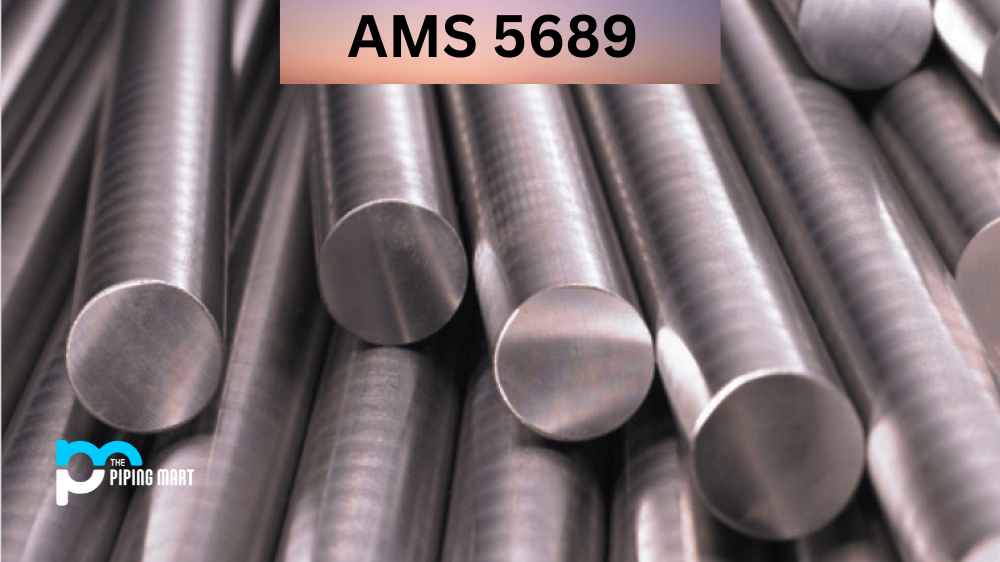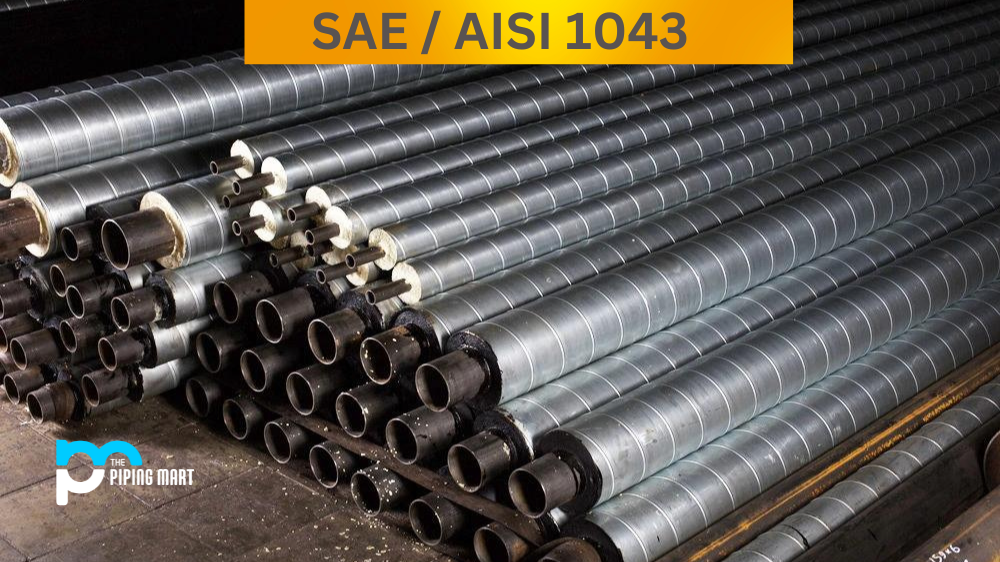Aluminium 6060 is one of the most popular aluminum alloys due to its combination of strength, formability and corrosion resistance. It is a versatile alloy that can be used in a wide range of applications and is often found in aerospace, automotive and construction projects. In this blog post, we will discuss the uses, corrosion resistance, heat resistance and treatment, machining, and welding properties of aluminium 6060.
6060 Composition
| Element | Content (%) |
|---|---|
| Aluminum, Al | 97.8 |
| Magnesium, Mg | 0.35-0.60 |
| Silicon, Si | 0.30-0.60 |
| Iron, Fe | 0.10-0.30 |
| Zinc, Zn | 0.15 |
| Titanium, Ti | 0.10 |
| Copper, Cu | 0.10 |
| Chromium, Cr | 0.050 |
| Manganese, Mn | 0.10 |
| Other, total | 0.15 |
| Other, each | 0.050 |
6060 Physical Properties
| Properties | Metric | Imperial |
|---|---|---|
| Density | 2.70 g/cc | 0.0975 lb/in³ |
6060 Equivalent
Equivalent material to the aluminum 6060 alloy is ASTM B221.
6060 Uses
aluminum 6060 is one of the most common alloys due to its combination of strength and formability. This makes it an ideal material for a variety of applications ranging from automotive parts to aerospace components and even construction materials. Its high strength-to-weight ratio makes it an ideal choice for these industries as it provides superior performance without sacrificing weight or durability. Additionally, due to its excellent corrosion resistance, aluminum 6060 is often used in marine applications where exposure to salt water would otherwise corrode other metals.
Corrosion Resistance
Aluminium 6060 has excellent corrosion resistance compared to other metals such as steel or brass. This makes it an ideal choice for marine applications or any environment where exposure to moisture could cause oxidation or rusting. The alloy’s protective oxide layer also helps protect against pitting or crevice corrosion that can occur when exposed to certain chemicals or liquids.
Heat Resistance
Aluminium 6060 also has excellent heat resistance properties, which make it perfect for applications that require high temperatures, such as aircraft engines or industrial equipment. The alloy can withstand temperatures up to 315 degrees Celsius without losing any of its strength or formability, which makes it an ideal choice for these types of applications.
Heat Treatment
Heat treatments are often used on aluminium alloys such as 6060 in order to improve their mechanical properties such as hardness, ductility and tensile strength. Common heat treatments include hardening by quenching (rapid cooling) in oil or water after heating the metal above its recrystallization temperature, followed by tempering (heating). These treatments can also be combined with artificial ageing processes such as solution zing (heating) followed by artificial ageing (rapid cooling).
Machining
Machining aluminium alloys like 6060 requires specialized equipment that is designed specifically for cutting aluminium materials since they have very different properties than traditional steel materials, such as low thermal conductivity and high chip formation rate during machining processes. Specialized tools are typically made from tungsten carbide with diamond coatings which help reduce the amount of wear on the tool bit while still providing a precision cut into the material without deforming it excessively.
Welding
Welding aluminum alloys like 6060 require special attention since they have different melting points than steel materials, and so require different welding techniques when joining two pieces together. It’s important that you use proper safety gear when welding this type of material because fumes created during the process can be toxic if inhaled directly into your lungs. Furthermore, you should ensure that proper ventilation is present in your work area before you begin welding since heated metallic vapours produced during the process can create dangerous fire hazards if allowed to accumulate in confined spaces with inadequate airflow.
Conclusion:
Aluminium alloys like 5086 offer many beneficial properties such as corrosion resistance, heat resistance, machinability and weldability, making them great choices for a wide range of industries, including automotive manufacturing, aerospace engineering and construction projects, just to name a few! By understanding how these alloys differ from traditional steels and how best to utilize them through proper safety measures during fabrication processes, you can ensure success when working with these materials! With this comprehensive guide on aluminium 5086 now at your fingertips, there’s no reason why you shouldn’t be able to take full advantage of this powerful yet lightweight metal alloy!

A passionate metal industry expert and blogger. With over 5 years of experience in the field, Palak brings a wealth of knowledge and insight to her writing. Whether discussing the latest trends in the metal industry or sharing tips, she is dedicated to helping others succeed in the metal industry.




